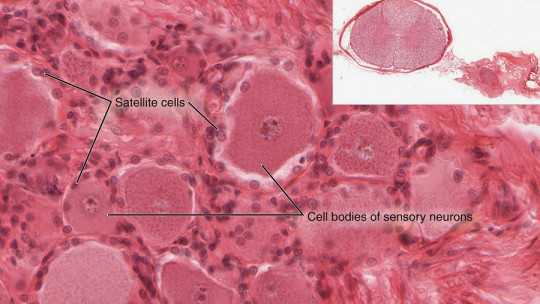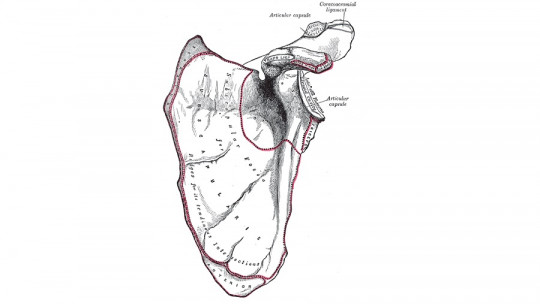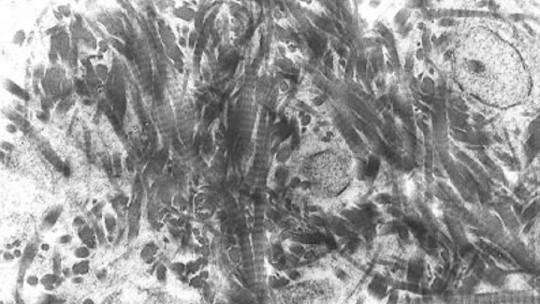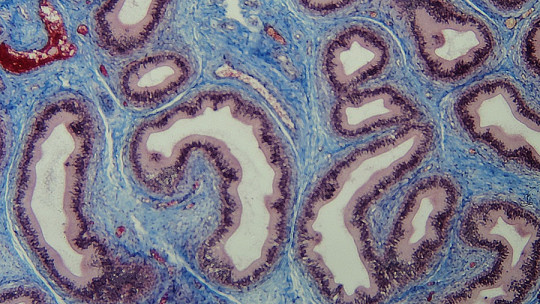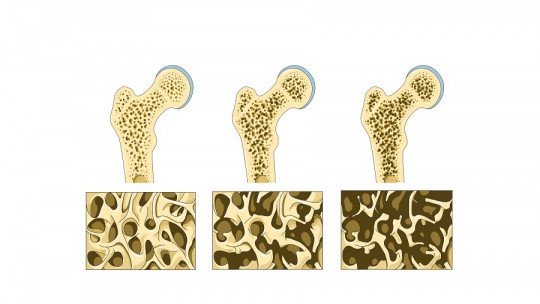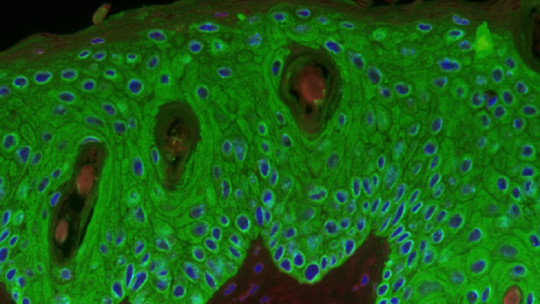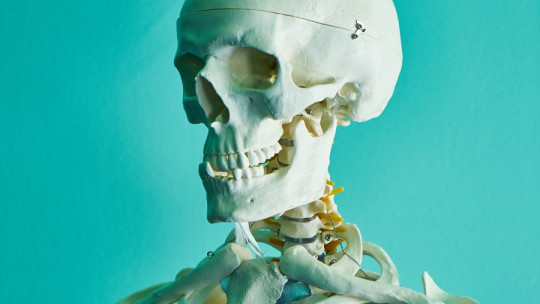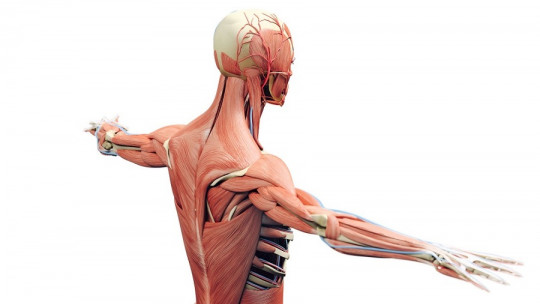Human beings (and most animals) have a certain capacity to heal wounds and injuries. Normally, openings of the epidermis by mechanical processes follow a medically predictable healing mechanism: formation of a clot, inflammation, cell proliferation and differentiation of new strains, with the aim of remodeling the tissue and returning it to its original state in to the greatest extent possible.
In any case, not only the epidermis is repaired. Bone consolidation and the mobilization of satellite cells of myocytes (in bone and muscle, respectively) are examples of other physiological mechanisms that try to heal microtears and fractures in our musculoskeletal system.
For example, when there is a fracture in a bone, the cell bodies (osteocytes, osteoblasts, osteoclasts and osteoprogenitor cells) secrete and remodel the bone matrix, with the aim of ensuring that the bone recovers its normal shape in the shortest possible time. Typically, within 6 to 8 weeks, significant improvement can be seen.
Unfortunately, not all tissues heal well and some completely lack perfect regenerative capacity, as is the case of the heart or other organs. To challenge the limits of human physiological capabilities and potentially save millions of lives, biomaterials come to our times Learn everything about them, because the future of medicine is promising to say the least.
What are biomaterials?
A biomaterial, from a medical point of view, is any natural or synthetic material intended to be introduced into living tissue, especially as part of a surgical element or implant At a physiological level, these materials have unique properties compared to the rest, since they can come into contact with living tissue immediately without causing negative immune responses in the patient.
Furthermore, it should be noted that biomaterials They do not achieve their function through the secretion of pharmacological substances and do not depend on metabolization by the body to achieve the desired effect (otherwise, we would be talking about drugs). Their mere functionality and magic lies in being (and adapting) in the right place, since they ideally serve to replace any hard or soft tissue that has suffered some type of damage. In addition to their typical use, they are also increasingly used as diagnostic methods and other clinical events.
The first generation of biomaterials was conceived around 1940, with a peak of usefulness and function in the 1960s and 1970s. As materials and knowledge about medicine have been improved, the capabilities of these elements have improved. over time, giving rise to second and third generation compounds. Some of its ideal properties are the following:
As you can imagine, The ideal properties of a biomaterial depend entirely on the functionality For example, a surgeon is interested in ensuring that a screw applied to fix a graft in ligament injuries is reabsorbed over time, so that the patient does not have to undergo further surgery. On the other hand, if the biomaterial replaces a vital structure, the idea is that it is permanent and resists all the inclemencies of the body ecosystem.
Besides, Some biomaterials are interesting from a cellular point of view, as they can develop growth and differentiation For example, some third-generation bioactive crystals are designed to activate certain genes in damaged tissue cells, with the aim of promoting rapid regeneration. It seems like a technology taken from a dystopian future, but this is a reality today.
Types of biomaterials
So that everything explained does not remain a series of ethereal concepts, we present evidence of the usefulness of biomaterials. We cannot cover all of them (as the list is very long), but we do collect some of the most interesting ones. Do not miss it.
1. Calcium phosphate ceramics
Porous calcium phosphate ceramics can be used to repair certain intrabony defects, as they They are non-toxic, biocompatible with the body and do not significantly disrupt calcium and phosphorus levels in the blood In any case, as bioceramics are eminently hard and degrade very slowly, it is usually necessary to combine them with biodegradable polymers to achieve better results.
This type of implants are used to promote bone recovery in fractures, for example. As a curious fact, it has been observed that imbuing these biomaterials with mesenchymal stem cells can promote faster and more perfect tissue regeneration in certain animals. As you can see, a biomaterial is not only a mineral or compound, but a mixture of organic and inorganic elements that try to find the perfect balance to achieve its functionality.
2. Bioactive crystals
Bioactive crystals are also ideal for certain regenerative processes at the bone level, since Their degradation rate can be controlled, they secrete certain ionic materials with osteogenic potential and have a more than correct affinity with bone tissue For example, multiple studies have shown that some bioactive crystals promote the activation of osteoblasts, bone tissue cells that secrete intercellular matrix that gives bone its hardness and functionality.
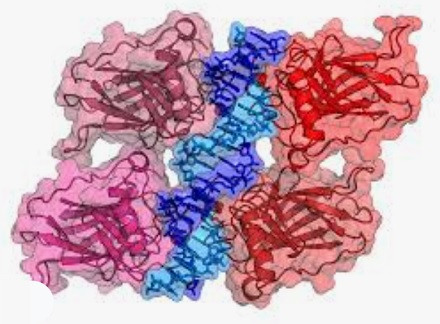
3. Resorbable bicortical screws
Resorbable plates and screws based on polylactic and polyglycolic acids are the order of the day, since They increasingly replace the hard titanium elements that caused so many problems when welding injuries
For example, polyglycolate is a strong, non-rigid material that does not fray and offers good security as an abutment during suturing. These materials far surpass titanium, as they cause much less discomfort to the patient, are cheaper, and do not require surgical removal.
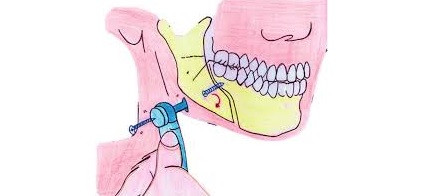
4. Biomaterial patches
Until now we have mentioned biomaterials that are used for bone regeneration, but they are also used in soft tissues. For example, the National Institute of Biomedical Imaging and Bioengineering is developing alginate patches, based on brown algae, such as therapeutic sealants to treat lung infiltrations from trauma, surgery, or conditions such as pneumonia and cystic fibrosis
The results of these technologies are promising, since it seems that the alginate patches respond well to pressures similar to those exerted by the lungs and help tissue regeneration in these organs that are so essential for life.
5. Hydrogel “bandage” for burns
People who suffer severe burns experience true agony when their bandages are manipulated and, in addition, they delay epidermal growth and tissue regeneration. By using hydrogels that are currently being studied, this series of problems could disappear.
The hydrogel would act as an ideal film to prevent infections and degradation caused by environmental influences in the wound Furthermore, it could be dissolved by certain controlled procedures and expose the lesion without the mechanical stress that this entails. Without a doubt, this would infinitely improve the hospital stay of patients with severe burns.
Summary
Everything we have told you is not based on conjectures and hypotheses: Many of these materials are already in use today, while others are currently being actively developed
As you can see, the future of medicine is, to say the least, promising. With the discovery and refinement of biomaterials, infinite possibilities open up, from the resorption of screws and sutures to the integration of elements in the tissues that promote the activation of their own healing mechanisms. Without a doubt, reality is stranger than fiction in the field of medicine.


